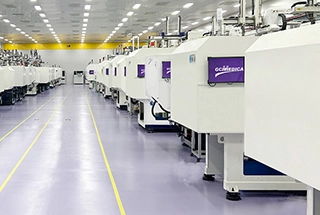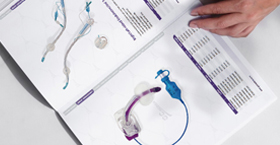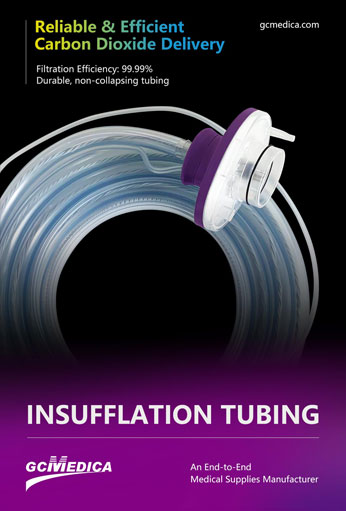Insufflation tubing is a critical component in minimally invasive surgery and endoscopy, providing a sterile conduit for delivering insufflation gas—most commonly carbon dioxide (CO₂)—into body cavities. By establishing and maintaining a controlled pneumoperitoneum or pneumothorax, this tubing enables surgeons to create working space, improve visualization, and protect delicate tissues during laparoscopic, thoracoscopic, and endoscopic procedures. Constructed from medical-grade, kink-resistant materials and fitted with standardized connectors and inline filters, insufflation tubing ensures reliable, contaminant-free gas flow while simplifying setup and reducing procedural risks.
| Feature | Specification | Purpose |
|---|---|---|
| Tubing Material | Medical-grade PVC or silicone | Flexible, durable, biocompatible, and kink-resistant |
| Length Options | 2.0 m / 3.5 m / 5.0 m | Adapts to varying operating room layouts and equipment placement |
| Inner Diameter | 4.0 mm | Balances high flow rates with minimal pressure loss |
| Connector Types | Luer-lock, quick-connect, ISO standard | Universal compatibility with insufflators and trocars |
| Inline Filter | 0.2 µm hydrophobic membrane or 0.3 µm HEPA | Prevents fluid, particulate, and microbial backflow |
| Pressure Rating | Up to 30 psi (2.1 bar) | Supports both low- and high-pressure insufflation |
| Visual Indicators | Color-coded flow and pressure markers | Allows real-time verification of gas delivery status |
| Sterilization | Ethylene oxide (EO) or gamma irradiation | Ensures sterility straight from sealed packaging |
| Packaging | Individually wrapped, peel-open pouch | Maintains aseptic conditions until use |
Key Uses and Benefits:
Pneumoperitoneum Creation
Insufflation tubing delivers CO₂ into the abdominal cavity, gently lifting the abdominal wall away from organs. This creates an expanded, clear workspace for laparoscopic instruments, minimizing the risk of inadvertent injury to the bowel, vessels, or other structures.Visualization Enhancement
Stable insufflation pressure maintains a constant cavity size, preventing collapse during instrument exchanges. Combined with endoscopic optics, surgeons achieve superior visualization of anatomical landmarks, facilitating precise dissection and suturing.Thermal and Smoke Evacuation
During electrosurgical or ultrasonic energy use, surgical smoke can accumulate. Many insufflation setups incorporate smoke-evacuation ports or filters on the tubing to clear particulate matter, preserving visibility and reducing OR contamination.Infection Control
Inline hydrophobic or HEPA filters block fluid and microbial ingress into the insufflator console, protecting both patient and equipment. Sterile, disposable tubing sets eliminate cross-contamination between cases.Versatile Applications
Beyond laparoscopy, insufflation tubing is used in thoracoscopic lung biopsies, hysteroscopy, and endoscopic retrograde cholangiopancreatography (ERCP), wherever controlled cavity distension or fluid clearance enhances procedural safety and efficacy.
By combining robust construction, standardized fittings, and effective filtration, insufflation tubing plays a pivotal role in modern surgical workflows—enabling surgeons to operate with confidence, precision, and optimal patient safety.
| Insufflation Tubing Set with Gas Filter > |
Related Products

 Français
Français Español
Español Products
Products
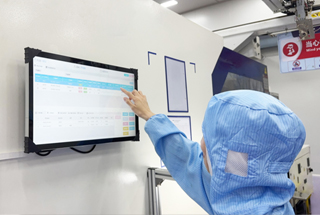
 About Us
About Us




